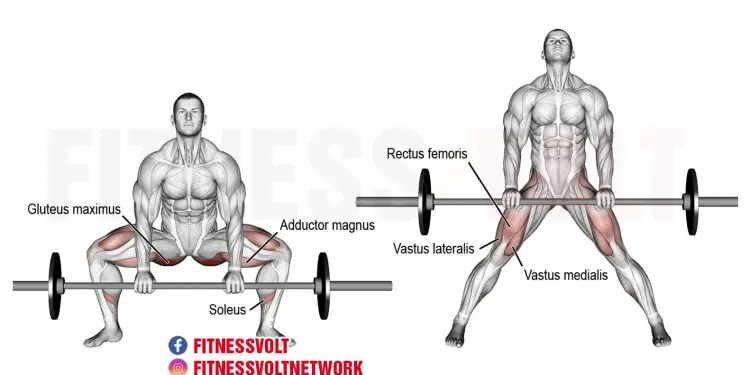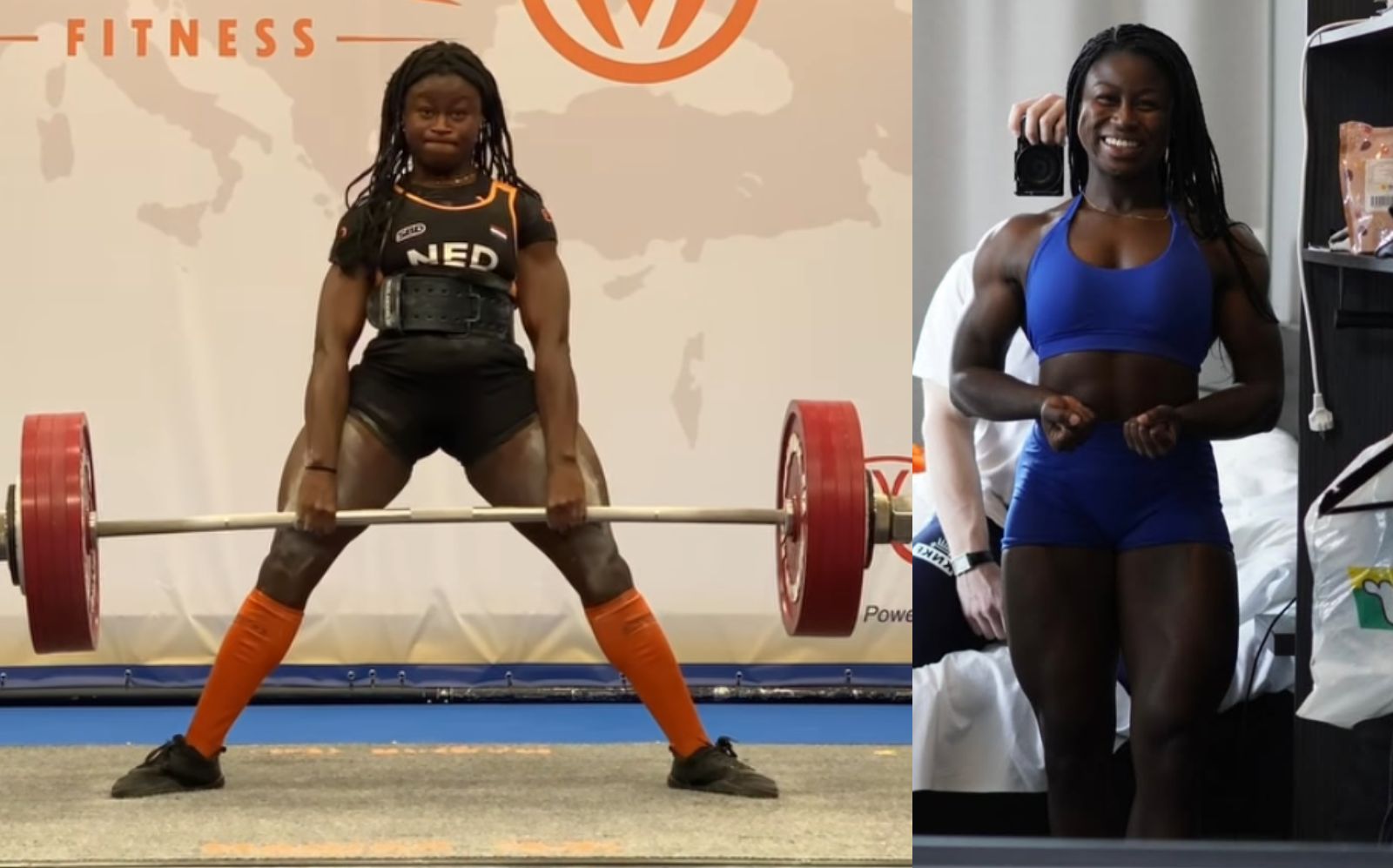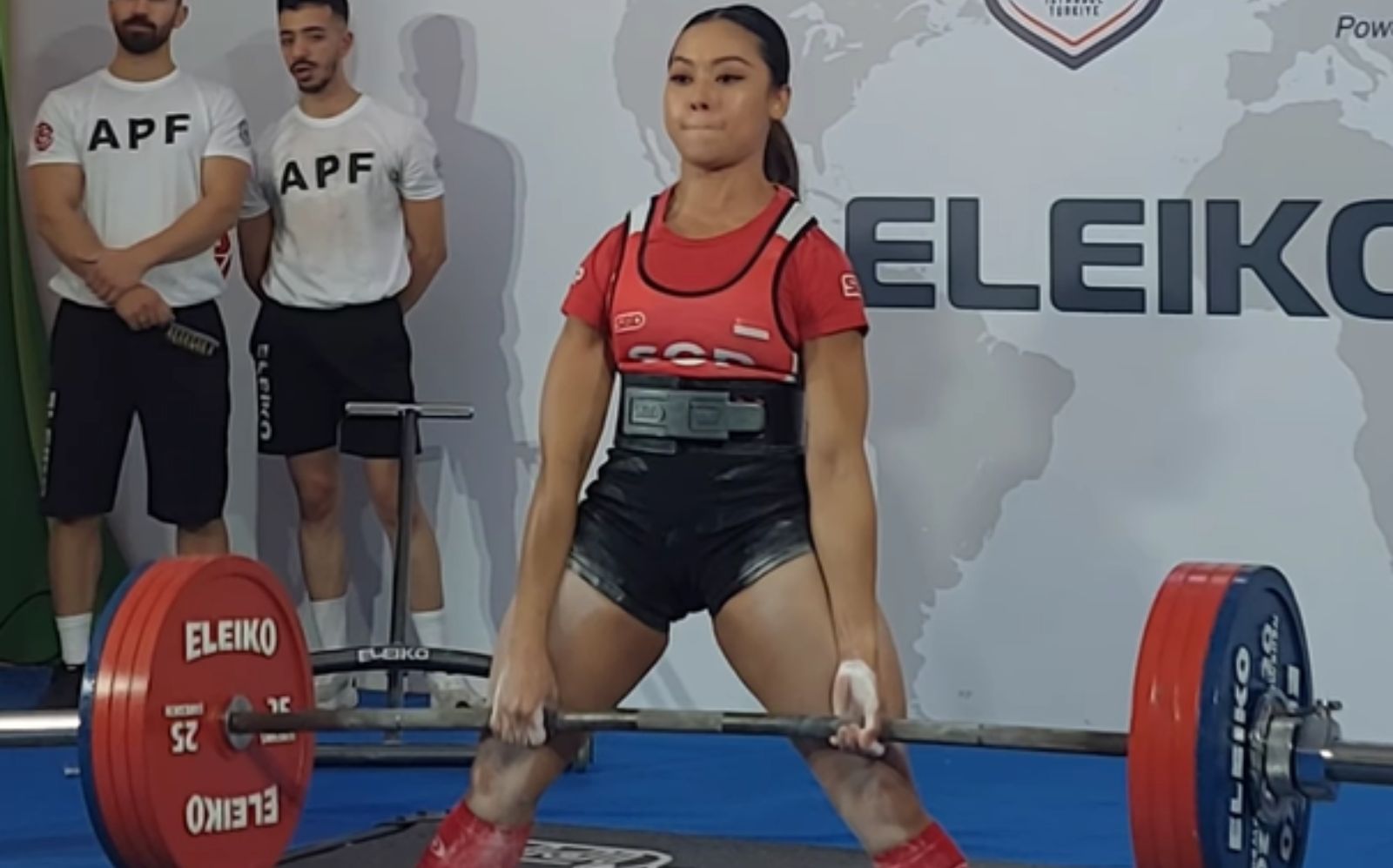The deadlift is arguably one of the most important strength training exercises you can do. For a start, deadlifts teach you how to lift heavy objects off the floor safely, using your legs and hips, and not your lower back.
This is a useful skill that could save you from injury, both in and out of the gym. A deadlift is also often the starting point for many other exercises, such as barbell biceps curls. After all, you’ve got to pick the bar up somehow.
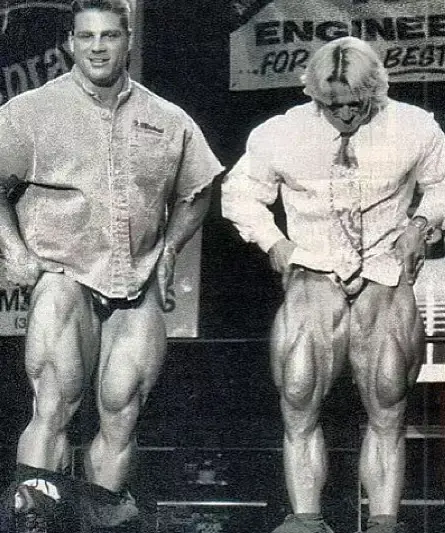
More importantly, deadlifts are a pivotal exercise in many resistance training programs. They can be used to build muscle, increase strength, and boost athleticism too. Deadlifts, like squats, are such a beneficial exercise that almost everyone who lifts weights should do them regularly.
The main muscles used in Deadlift
All types of deadlifts involve lots of different muscles. The main ones are (1)
- Gluteus maximus – the large muscle on the back of your hips, also known as the glutes or butt.
- Gluteus minimus and medius – smaller muscles in the glute complex that are located on the outside of your hips.
- Erector Spinae – the muscles that run up either side of your spine, from your pelvis to your neck.
- Core – the collective term for the muscles that make up your midsection, including your rectus Abdominus or abs, and your obliques.
- Hamstrings – the muscles on the back of your thighs.
- Quadriceps – also known as quads, these are the muscles on the front of your thighs.
- Adductors – there are three adductor muscles (Longus, Brevis, and Magnus), and they are the muscles on the inside of your thighs.
- Gastrocnemius and soleus – the calf muscles. The gastrocnemius is the larger, upper calf muscle. The soleus is the smaller, lower calf muscle.
- Latissimus dorsi – the large muscles on the sides of your back.
- Trapezius – the kite-shaped muscle of the upper back.
- Rhomboids – the muscles between your shoulder blades.
There are several different types of deadlifts, and each one affects your body differently. Because of this, you should choose the deadlift type that is best for you.
Different types of deadlift
There are three main types of deadlift – conventional deadlifts, sumo deadlifts, and trap bar deadlifts. All three involve lifting a weight from the floor but use different techniques or equipment. Knowing the difference between these three exercises means you’ll be able to choose the best one for your body type and goals.
Level Up Your Fitness: Join our 💪 strong community in Fitness Volt Newsletter. Get daily inspiration, expert-backed workouts, nutrition tips, the latest in strength sports, and the support you need to reach your goals. Subscribe for free!
Conventional deadlifts
Conventional deadlifts are the most common type of deadlifts, and the one most exercisers are familiar with. They are used by bodybuilders and powerlifters, as well as strongman competitors.
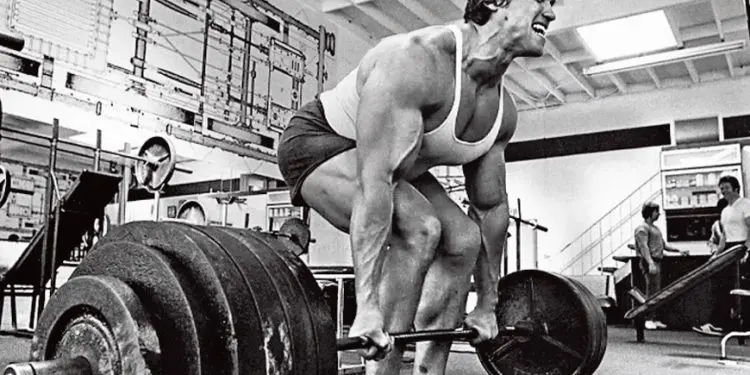
This type of deadlift is also used by general exercisers to develop all-round fitness and strength.
How to do them:
- Stand with your feet between shoulder and hip-width apart. Your toes should be under the bar, which should be around mid-shin height.
- Bend down and hold the bar with a shoulder-width, overhand or mixed grip. Your hands and arms will be outside your legs.
- Straighten your arms, lift your chest, and position your hips so that they are about midway between your shoulders and hips.
- Without bending your arms or rounding your lower back, push your feet into the floor and stand up. Do not lean back at the top of the lift.
- Reverse this movement and lower the weight back to the floor.
- Reset your position and repeat it.
According to studies, conventional deadlifts put a lot of stress on your lumbar spine and Erector Spinae muscles (2). This is because, during conventional deadlifts, you start with your torso in a very inclined position. This lengthens the lever between the bar and your hips, which increases lower back stress.
This is not necessarily a bad thing, especially if you have no lower back issues or want to increase lower back hamstring, and glute mass and strength. Conventional deadlifts produce the most glute and hamstring activation. They also involve the largest range of motion, which may be better for building muscle mass in general.
However, if you are very tall, have a history of lower back problems, or find that your lower back limits the amount of weight you can lift, the conventional deadlift may not be your best choice.
Sumo deadlifts
Sumo deadlifts are performed with a much wider stance than conventional deadlifts. The start position looks a little like a sumo wrestler at the start of the bout, which gives this exercise its name.
Level Up Your Fitness: Join our 💪 strong community in Fitness Volt Newsletter. Get daily inspiration, expert-backed workouts, nutrition tips, the latest in strength sports, and the support you need to reach your goals. Subscribe for free!
This exercise is popular with powerlifters who want to lift the highest amount of weight possible, but it is less useful for general exercisers or bodybuilders.
How to do them:
- Stand with your feet around one and a half shoulder-widths apart. Turn your toes out so that they are facing the same way as your knees. Your toes should be beneath the barbell.
- Bend down and hold the bar with an overhand or mixed shoulder-width grip. Your hands and arms will be inside your knees.
- Straighten your arms, lift your chest, and push your knees apart.
- Without bending your arms or rounding your lower back, push your feet into the floor and stand up. Do not lean back at the top of the lift.
- Reverse this movement and lower the weight back to the floor.
- Reset your position and repeat it.
Sumo deadlifts start with a much more upright torso. This means they put less stress on your lower back. Studies reveal that they also involve more quadriceps activity than conventional deadlifts (3). Some exercisers also report that they can feel sumo deadlifts working their hips more than conventional deadlifts, especially in the hip adductors or inner thighs. While no studies support this, it is true that sumo deadlifts require more flexibility than conventional deadlifts.
Because they are easier on your lower back, sumo deadlifts may be a better choice for tall lifters and those with a history of lower back pain. The more upright starting position and wide stance also mean that the weight does not have to travel as far as it does in conventional deadlifts. This may allow you to lift more weight.
However, lifting more weight does not necessarily mean that you’ll build more muscle mass. In fact, for muscle building, the sumo deadlift is not viewed to be as effective as the conventional version.
Trap bar deadlifts
Trap bar deadlifts, also known as hex bar deadlifts, are a sort of squat and deadlift hybrid. The movement is very similar to squats but, instead of having a weight on your shoulders, you hold it in your hands.
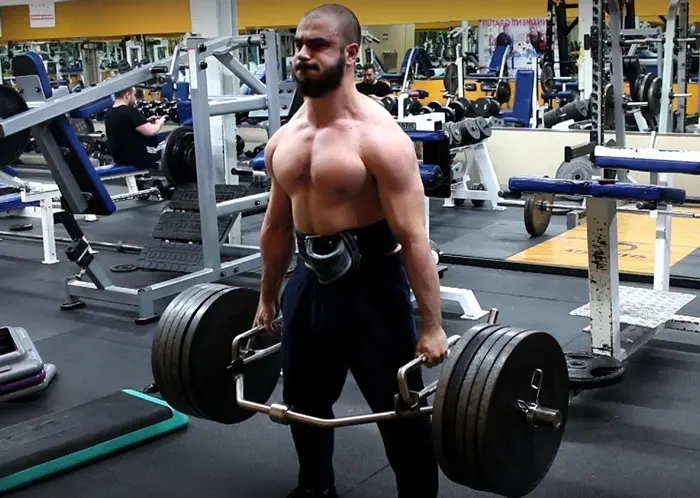
How to do it:
- With the trap bar on the floor, stand between the handles. Squat down and grab the handles, so your hands are facing inward.
- Straighten your arms, lift your chest, and lower your hips.
- Without bending your arms or rounding your lower back, drive your feet into the floor and stand up straight.
- Reverse the movement and lower the bar back down to the floor. Reset your position and repeat it.
Trap bar deadlifts allow you to keep your torso more upright than conventional deadlifts, but not as upright as for sumo deadlifts. In addition, the load is next to your feet instead of in front of them. This makes trap bar deadlifts easier on your lower back than conventional deadlifts. They are ideal for taller exercisers and anyone with a history of lower back problems.
In addition, like sumo deadlifts, trap bar deadlifts also involve more quadriceps activation than conventional deadlifts (4). Trap deadlifts are also relatively easy to learn, although not all gyms have trap bars.
The wrap up: choosing the right deadlift for you
Whatever your training goal, deadlifts should be part of your program. Each type of deadlift is different, and most exercisers should experiment with each one to determine which one is best. Do a month of each one and see how your body responds.
However, because of things like anthropometry (body shape), flexibility, training goals, and injury history, you may want to focus more on one type of deadlift than the others. That’s okay too. Use the chart below to determine your best choice and prioritize that deadlift in your workouts to achieve the results you want.
| Summary | ||
| Conventional deadlift | Sumo deadlift | Trap bar deadlift |
| Most lower back stress | Moderate lower back stress | Least lower back stress |
| Requires moderate flexibility | Requires most flexibility | Requires least flexibility |
| Moderately hard to learn | Hardest to learn | Easiest to learn |
| Ideal for shorter exercisers | Works for short and tall exercisers | Ideal for taller exercisers |
| Largest range of motion | Smallest range of motion | Moderate range of motion |
| Best for building muscle | Best for lifting heavyweights | Best for general training |
| Highest hamstring involvement | Higher quad involvement | Highest quad involvement |
References
- Med Crave – The health and performance benefits of the squat, deadlift, and bench press
- PubMed – Lumbar spine loads during the lifting of extremely heavy weights.
- PubMed – An electromyographic analysis of sumo and conventional style deadlifts
- PubMed – Electromyographic Comparison of Barbell Deadlift, Hex Bar Deadlift, and Hip Thrust Exercises: A Cross-Over Study

